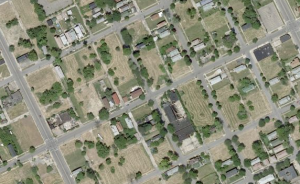Former New York Mayor Rudy Giuliani says he would consider running for the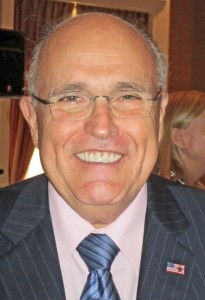 GOP presidential nomination if he were the only candidate who could beat President Obama–and if he could win the nomination. However, “It would be a real challenge for me to get the nomination, because I’m considered a moderate Republican,” Giuliani said in Dallas today, addressing a luncheon at Hodges Capital’s 2011 Investment Forum. Asked later whether he’d be interested in the vice presidential slot on a ticket with his friend Texas Gov. Rick Perry, the former mayor laughed and said, “I’m not thinking about that at all. … But I do admire Gov. Perry a lot. Anyone who attacks him on his record in Texas is making a big mistake.”
GOP presidential nomination if he were the only candidate who could beat President Obama–and if he could win the nomination. However, “It would be a real challenge for me to get the nomination, because I’m considered a moderate Republican,” Giuliani said in Dallas today, addressing a luncheon at Hodges Capital’s 2011 Investment Forum. Asked later whether he’d be interested in the vice presidential slot on a ticket with his friend Texas Gov. Rick Perry, the former mayor laughed and said, “I’m not thinking about that at all. … But I do admire Gov. Perry a lot. Anyone who attacks him on his record in Texas is making a big mistake.”
During his luncheon talk, Giuliani (pictured) said runaway health care costs are the No. 1 reason for the nation’s debt problem and struggling economy. He recommended taking responsibility for health insurance away from employers and the government, and putting it in the hands of individual consumers with a blend of tax incentives and private accounts. On foreign policy, Giuliani said America’s willingness to fight in Iraq and Afghanistan is the “only reason the country has been safe for the last 10 years.” He also ripped the administration’s timetable for troop withdrawal from that part of the world, saying a continuing U.S. presence is needed there, because “maybe 20 different groups and thousands if not hundreds of thousands would like to come here and attack us and kill us.”





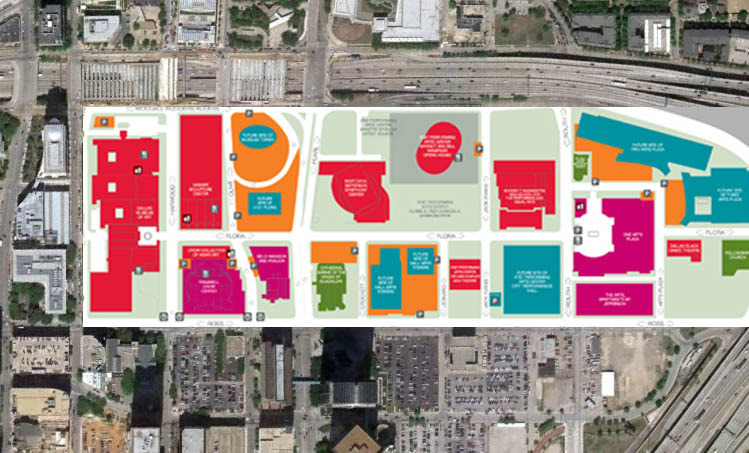
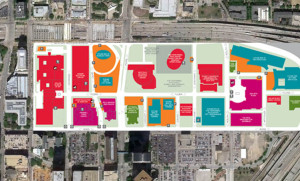



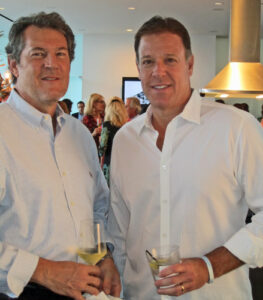 Orchestra official, “I’m gonna try to make it two in a row!”
Orchestra official, “I’m gonna try to make it two in a row!”

